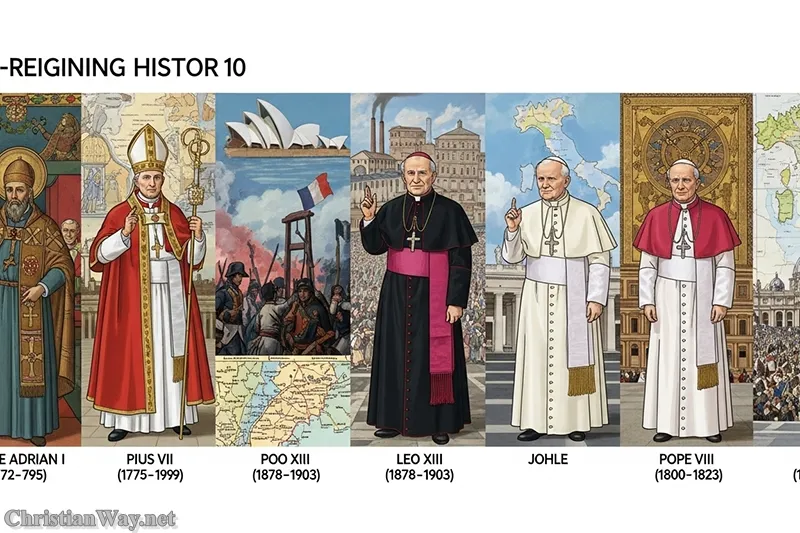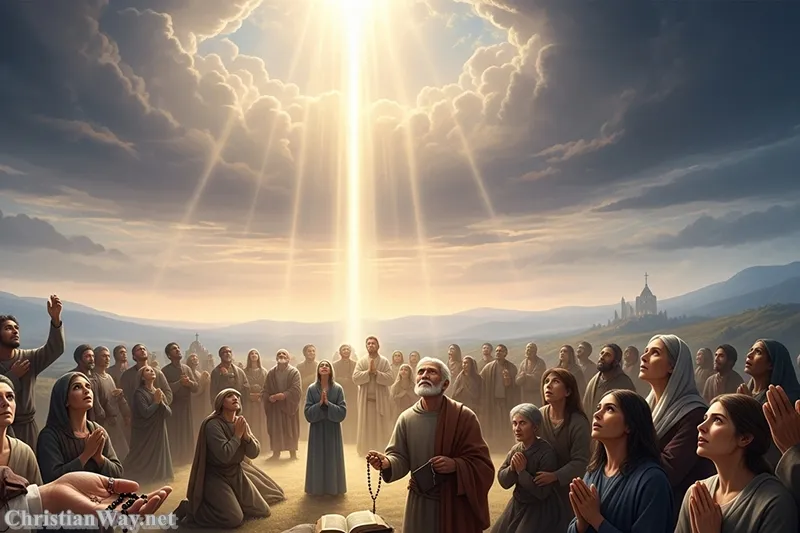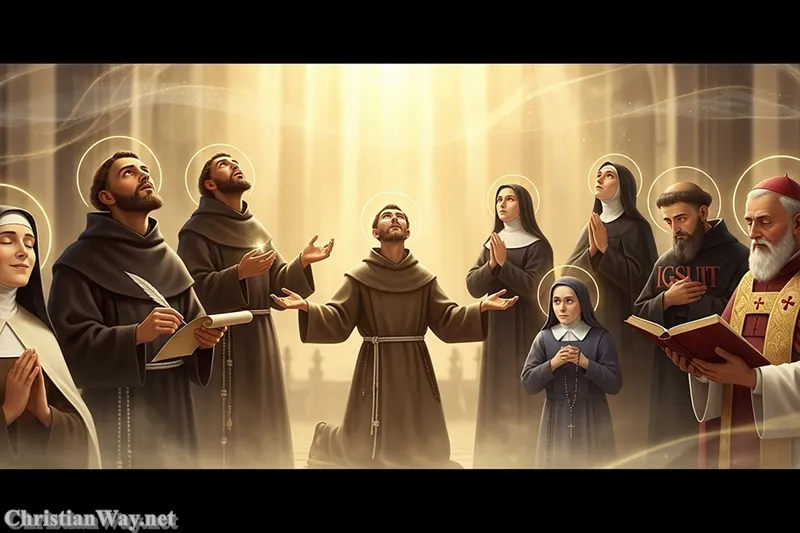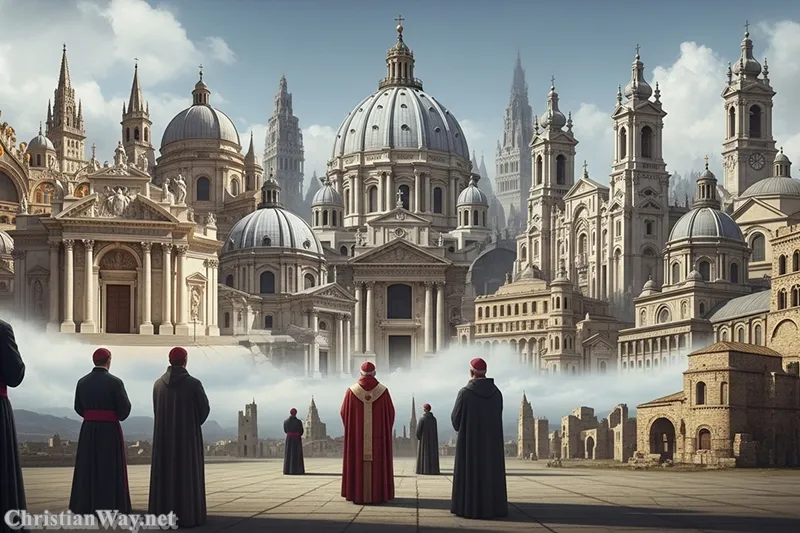Dear friends in Christ,
There are few institutions in human history that have shaped the world as profoundly as the Roman Catholic Church. Stretching across two millennia, the Church stands as both a spiritual home and a living witness to God’s enduring presence in human history. She is not merely an organization, but a mystical body—the Body of Christ—embracing every nation, language, and culture under the gentle authority of love and truth.
In a time when many seek meaning amid confusion, the Church remains a steady light—a reminder that faith is not an idea, but a communion. The Roman Catholic Church gathers all her children, not as members of a system, but as sons and daughters of the same heavenly Father. She teaches, sanctifies, and leads through grace, guiding each heart toward the fullness of life in Christ.

This reflection seeks to understand not only what the Roman Catholic Church is, but why she endures: her foundation in Christ, her sacraments, her mission, and her continuing role in revealing God’s love to the modern world.
The Church Founded by Christ
At the heart of Catholic belief is the conviction that the Church is not a human invention, but a divine foundation. Jesus Christ Himself established her, as Scripture attests: “You are Peter, and on this rock I will build my Church, and the gates of hell shall not prevail against it.” (Matthew 16:18).
This promise was not merely symbolic. Christ entrusted to Peter and the apostles a real authority—a shepherd’s care rooted in service, not domination. The early Christian community recognized Peter’s role as the visible sign of unity, and through the centuries, that role has continued in the bishops of Rome, the Popes, who guard the faith handed down from the apostles.
The term “Catholic,” meaning universal, reflects the Church’s call to embrace all peoples and times. Her mission is not limited by borders or eras. From the humble gatherings of believers in Jerusalem to the great cathedrals and small parish chapels of today, the same faith has been proclaimed: that Jesus Christ is Lord, and that through Him, the world is redeemed.
The Sacramental Life: Channels of Grace
The Roman Catholic Church is deeply sacramental. She believes that God’s grace touches the human heart through visible signs that carry invisible realities. The seven sacraments—Baptism, Confirmation, Eucharist, Penance, Anointing of the Sick, Holy Orders, and Matrimony—are not mere rituals; they are divine encounters.
In Baptism, the soul is born anew, cleansed of sin, and welcomed into God’s family. Through the Eucharist, Catholics believe they receive not just a symbol but the very Body and Blood of Christ—“the source and summit of the Christian life.” Each Mass is a renewal of Christ’s sacrifice on Calvary, made present in love.
In Confession, the penitent meets the mercy of Christ face to face, hearing the words that bring healing and peace. In the Anointing of the Sick, suffering is united with Christ’s own pain, transforming weakness into grace. The sacraments weave the divine into the fabric of ordinary life, teaching that God is never distant, but near—in joy, in pain, in love.
The Word and the Tradition
The Roman Catholic Church holds Scripture in the highest reverence, recognizing the Bible as the inspired Word of God. Yet she also treasures what is known as Sacred Tradition—the living transmission of faith through the teaching, worship, and life of the Church from generation to generation.
Together, Scripture and Tradition form one sacred deposit of faith, interpreted under the guidance of the Magisterium—the Church’s teaching authority. This ensures that the truth of Christ remains intact, not swayed by time or culture. As Saint Paul wrote: “So then, brethren, stand firm and hold to the traditions that you were taught by us, either by word of mouth or by letter.” (2 Thessalonians 2:15).
Tradition is not a chain that binds the Church to the past, but a living stream that carries her forward. Through the centuries, it has inspired theology, art, music, and culture—all bearing witness to the beauty of God’s truth.
The Role of the Pope
For Catholics, the Pope serves as the successor of Saint Peter and the visible head of the universal Church. He is not an earthly monarch, but a shepherd called to unity and humility. His task is to confirm the faith of his brothers and sisters, guiding the Church in fidelity to the Gospel.
From Saint Peter to Pope Francis, this unbroken line of succession symbolizes continuity with the apostolic faith. The Pope’s authority does not replace Christ’s, but serves it—ensuring that the Church speaks with one heart and one voice amid the diversity of her members.
In a divided world, this unity is more than structure—it is a sign of hope. The Pope reminds the faithful that the Church’s mission is always one of mercy, justice, and peace.
Mary and the Communion of Saints
The Roman Catholic Church holds a tender devotion to the Blessed Virgin Mary, the Mother of Jesus and the Mother of the Church. Her faith, humility, and obedience stand as a model for every believer. Catholics do not worship her, but honor her as the first disciple—the one who bore God Himself in her womb and said, “Let it be done to me according to your word.” (Luke 1:38).
Mary’s role continues in the life of the Church as an intercessor and motherly guide. The saints, too, form part of this communion of love—a great cloud of witnesses who remind the faithful that holiness is possible in every age. In honoring the saints, Catholics recognize the triumph of God’s grace in human lives and find encouragement to walk the same path of faith.
The Church’s Mission in the World
The mission of the Roman Catholic Church extends beyond worship and doctrine—it reaches into every human need. Through her countless schools, hospitals, charities, and missions, she seeks to reflect the compassion of Christ. Her social teachings emphasize the dignity of every human person, the sanctity of life, the importance of family, and the call to justice for the poor and oppressed.
This mission flows from the Gospel itself: “Whatever you did for one of the least of these my brothers and sisters, you did for me.” (Matthew 25:40). The Church exists not to rule the world, but to serve it—to heal wounds, to reconcile enemies, to lift the fallen.
In a world that often confuses freedom with self-will, the Church reminds humanity that true freedom is found in love. Her presence across nations, languages, and cultures is a testimony that faith unites where division might otherwise prevail.
Challenges and Renewal
The Roman Catholic Church has also known suffering, misunderstanding, and even sin within her own ranks. Yet her endurance is not human resilience alone—it is divine promise. For Christ declared that “the gates of hell shall not prevail against it.” (Matthew 16:18).
In every age, God raises up saints, reformers, and ordinary faithful who renew the Church from within. The Second Vatican Council (1962–1965) reaffirmed this call to renewal, inviting the Church to engage the modern world with openness and fidelity.
The Church is ever ancient, ever new—rooted in eternity yet walking through history. She must always return to her first love: Christ crucified and risen. Only by clinging to Him can she continue to shine as a light to all nations.
The Universal Call to Holiness
Every Catholic, from the Pope to the simplest believer, is called to holiness—to love God with all the heart and to love one’s neighbor as oneself. The Church is not a museum of the perfect but a hospital for sinners. Within her walls, every soul can find forgiveness, strength, and direction.
Saint Augustine once wrote, “You have made us for Yourself, O Lord, and our hearts are restless until they rest in You.” This longing for God is what the Church seeks to satisfy through Word, sacrament, and community. The saints remind us that holiness is not a distant ideal, but the destiny of every baptized soul.
A Faith for Every Generation
In our own century, the Roman Catholic Church continues to proclaim the same Gospel that first echoed in Galilee. Her voice may seem old to some, but her message is ever new: that Christ is risen, that love conquers death, and that every human life is precious in God’s sight.
Her beauty lies not in power or wealth, but in fidelity—her unbroken witness to truth and mercy. Whether in grand cathedrals or humble mission chapels, the same words are whispered: “This is My Body… This is My Blood.” The same Spirit breathes life into hearts, renewing faith from generation to generation.
The Church endures because she belongs to Christ, and Christ never abandons His Bride.
Reflect and Pray
As we contemplate the mystery of the Roman Catholic Church, let us remember that she is not merely an institution, but a living family—a communion of believers bound by love, nourished by the Eucharist, and sent forth to bring Christ to the world.
May we, too, find our place within this body, offering our gifts, our sufferings, and our joys for the glory of God. And may the Church, through all her trials and triumphs, continue to reveal to the world the face of Christ—merciful, steadfast, and true.
“Now you are the body of Christ, and individually members of it.” (1 Corinthians 12:27)
May the peace of Christ dwell richly in your heart, and may His love guide every step you take toward Him.
— Fr. John Matthew, for Christian Way





